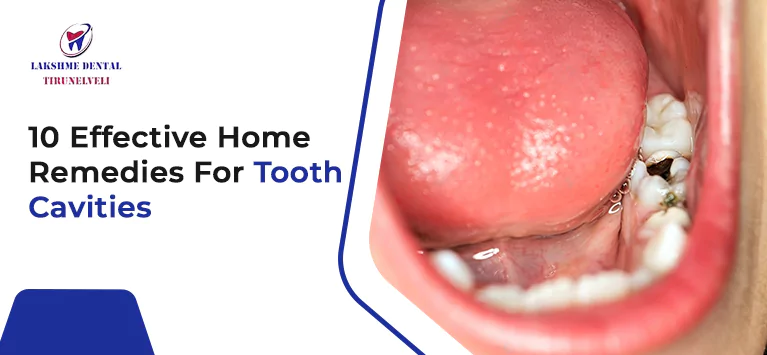
All You Need to Know About Tongue Laceration: Signs, Causes, and Treatment
One of your body’s most sensitive organs, the tongue also has the capacity to magnify anything you taste. But because of this sensitivity, even the slightest wound could seem extremely painful when you talk, taste, chew, swallow, or even breathe—further injuries.
Seizures, self-harm, blunt force face trauma, oral trauma when intubated, and child abuse are just a few of the causes of tongue lacerations.
Now lets take a detailed look into what tongue cuts are and how you can treat them with proper medical treatments.
What Are the Common Causes of Tongue cuts?
When the face sustains external blunt force trauma from a vehicle accident, a fall, or a sports injury, deep wounds in the tongue frequently ensue. According to a study of research done by StatsPearl, more recorded cases of lacerations have been brought on by:
- Fitful epileptics
- harm to the mouth when intubated
- Self-harm
- A child abuser
- Accidental injuries resulting from electroconvulsive treatment
Additionally, they report several cases of oral injury caused by e-cigarette explosions.
According to Seattle Children’s Hospital, mouth injuries seldom develop into infections, and the front two-thirds of the tongue is the most often lacerated area.
When to get Treatment?
The magnitude of the laceration or the gaping nature of the incision determines whether to stitch a cut on tongue. Since this is the most typical posture rather than the tongue sticking out of the mouth, doing tongue evaluation is preferable when the tongue is at rest inside the mouth.
Large flaps, ongoing bleeding, or through-and-through cuts to the tongue are examples of complex cuts that are more likely to need healing. Due to the tongue’s capacity to enlarge via hypertrophy, minor lacerations or avulsions may be allowed to heal without treatment. The capacity to hypertrophy can frequently close up the wound’s gaps, preventing the presence of any deficits.
Lacerations to the tongue can result in severe discomfort, bleeding, and edema. The tip or center of the tongue is where they typically appear. These sensations can be exceptionally bothersome because people use their tongues to speak, drink, and swallow food.
Signs of Tongue Laceration
The rear of the tongue is more difficult to access, thus lacerations there are less frequent. However, because of the existence of a significant nerve, damage to this part of the tongue might be more severe.
A tongue cut that is left untreated might grow infected. Infection warning symptoms include:
- Fever
- Swells or throbs
- Whitish or clear discharge
Treatment for tongue laceration
A doctor will provide first aid if a patient enters a hospital or clinic with a recent tongue laceration. They will stop the bleeding, clean the wound, and get rid of any foreign objects, filth, or debris.
The optimum course of therapy will be decided after a visual examination by the doctor of the damage. Infection or injury to the nerves may also be on their radar.
The doctor may use stitches or sutures to close the cut, depending on its severity. A local anesthetic can numb the region to lessen the discomfort that a person feels. Antibiotics may be recommended by a doctor to treat or prevent infections.
Even though the usual advised course of action for tongue cuts greater than 2 centimeters (cm)Trusted Source (0.79 inches), in rare circumstances, sutures may be necessary.
Bottom line
When someone cuts their tongue, lacerations develop. This damage might happen when you’re eating, during a seizure, in a fall, or in an accident. Minor tongue lacerations are frequently treatable at home, however, tears longer than 2 cm could need stitches.
People should keep a close eye on tongue lacerations as they mend. Eating soft food, quitting smoking, and cleaning the mouth after meals are all recommended as aftercare for tongue injuries.
If a person notices symptoms of an infection, such as swelling, redness, warmth, or pus, they should visit a doctor.

















